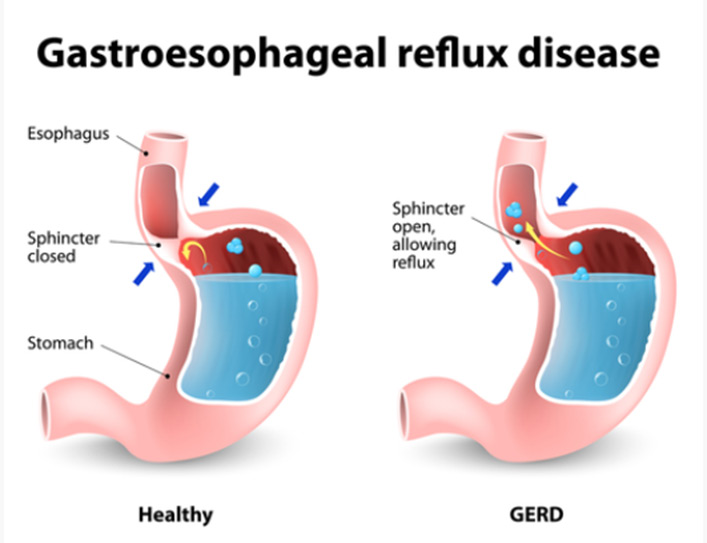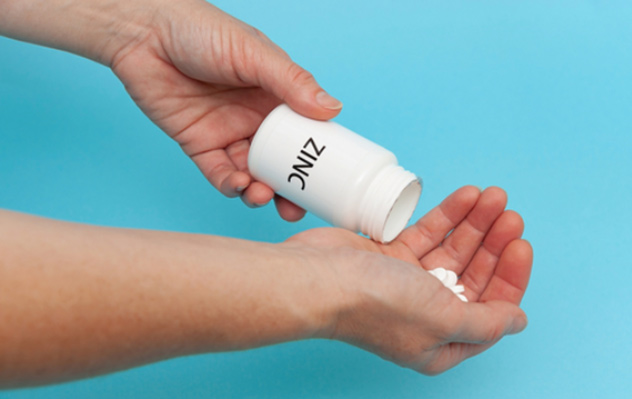Boosting GLP-1 Naturally: A Holistic Approach to Blood Sugar, Cravings, and Metabolism
Need to lose weight but GLP-1 prescription injections are not for you? Reached your goal weight using medication but need help maintaining? GLP-1 (glucagon-like peptide-1) is a powerful hormone that helps regulate blood sugar, reduce appetite, and support weight management. Many people don’t realize that there are natural ways to stimulate your body’s own GLP-1 … Read more





